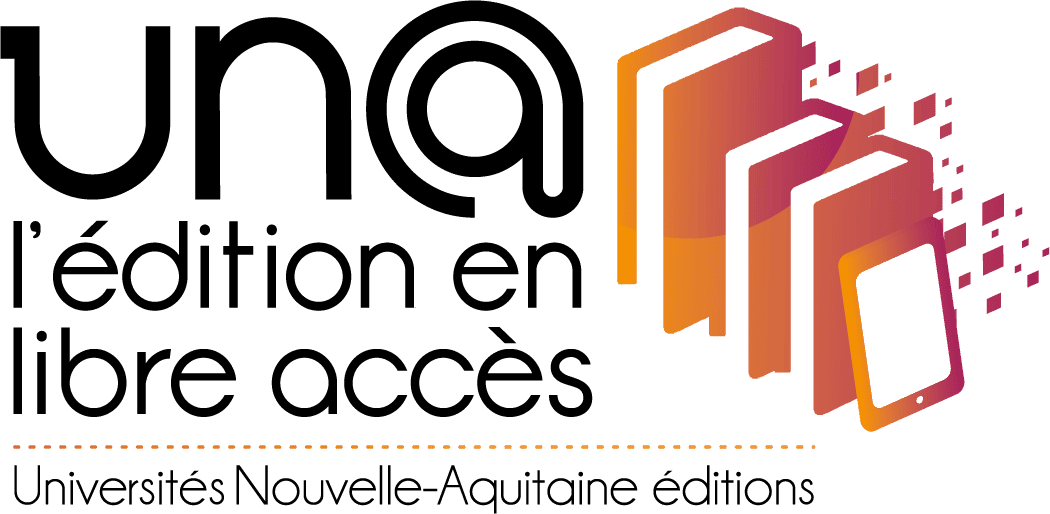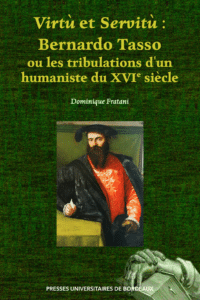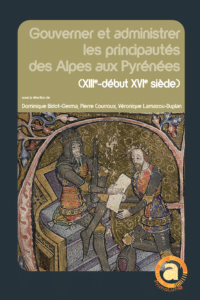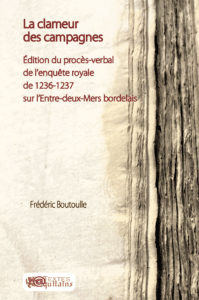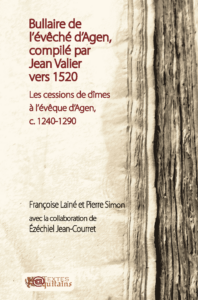UN@ est une plateforme d'édition de livres numériques pour les presses universitaires de Nouvelle-Aquitaine
Catégorie : Histoire
Dans leur ensemble, qu’elles soient strictement professionnelles ou plus personnelles, les lettres du premier volume ne permettent guère d’éclairer leur contexte, soit parce qu’elles sont très génériques, se limitant parfois à de simples salutations ou recommandations, soit parce que, bien qu’adressées à des personnalités publiques, elles apparaissent pour la plupart dépourvues de toute référence.
Au moment d’essayer de tirer un bilan de ces quelques considérations, il apparaît déjà que cet ouvrage sert avant tout au poète-courtisan à prendre rang au sein de l’élite culturelle et politique de son époque par l’excellence de ses correspondants et par la mise en évidence d’un réseau dense de relations prestigieuses parmi les condottieri, les princes, les hommes de lettres, d’Église et les laïcs.
Si depuis longtemps les principautés du royaume de France ont suscité de nombreuses études sur leur relation à la monarchie, leur administration, les princes qui les incarnent, des recherches récentes ont renouvelé les approches, en particulier par l’attention portée à la culture et pratique de l’écrit, aux réseaux et entourages princiers, aux expressions matérielles et symboliques de la puissance du prince.
L’enquête de 1236-1237 sur les excès des baillis royaux en Entre-deux-Mers bordelais a été enclenchée par le roi d’Angleterre Henri III en réponse à des plaintes de ses sujets gascons et du clergé de la région. L’information qui lui est remontée est consignée dans un procès-verbal, élaboré à l’initiative de deux commissaires, reposant principalement sur les dépositions de 120 représentants des paroisses de l’Entre-deux-Mers ducal.
Vers 1520, Johannes Valerii/Jean Valier, un clerc piémontais au service de l’évêque d’Agen Marc-Antoine de la Rovère, a compilé, manifestement avec une équipe de notaires locaux, un recueil comprenant un pouillé du diocèse, l’analyse des bulles concernant les dîmes et l’inventaire des meubles et livres d’évêché, ne restait complètement inédit que le second élément. Le bullaire résume 158 bulles présentées dans notre édition en 95 séries de une ou deux ou trois bulles semblables qui vidimaient 878 actes originaux, pour l’essentiel des cessions de dîmes faites par des laïcs à l’évêque d’Agen vers. 1240-1290.
Index nominum et rerum du Bullaire de Valier
Enquête sur les excès des baillis du roi et sur les coutumes des habitants de l’Entre-deux-Mers conduite par les commissaires d’Henri III, Jean, ancien abbé de la Grâce-Dieu et Hubert Hosat (1236-1237)
Les sources écrites éclairant les sociétés médiévales ont principalement été élaborées par les individus appartenant à la noblesse ou au clergé. La paysannerie, qui représente pourtant l’écrasante majorité de la population au Moyen Âge, n’est donc documentée par les archives que de manière indirecte.
Baldwin, J. (1991) : Philippe Auguste et son gouvernement, Paris.
Silve Maioris abbatiae chartularium minus (Petit cartulaire de la Sauve-Majeure), bibliothèque municipale de Bordeaux, Ms. 770. Consultable sur le site Séléné (bibliothèque municipale de Bordeaux), images 150-159 [en ligne] (consulté le 15/07/2021).
AD 33 : Archives départementales de la Gironde
AHG : Archives historiques du département de la Gironde
Arr. : arrondissement
